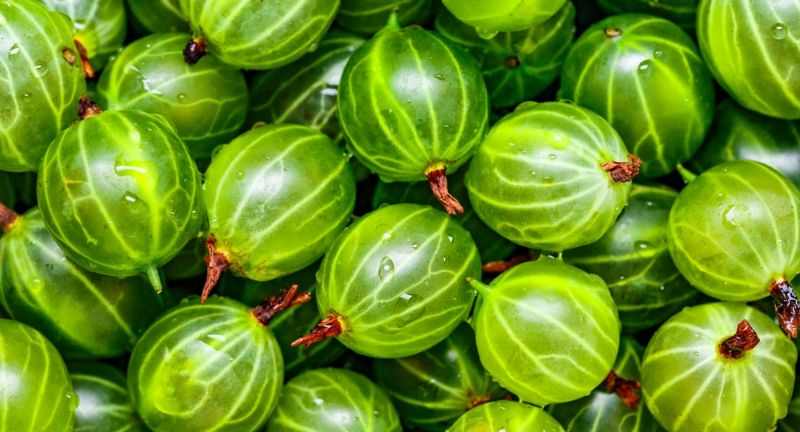
Shutterstock
Sour fruits offer a delightful burst of flavor that can make your taste buds tingle with excitement. Whether adding a zesty kick to dishes or enjoyed for their refreshing tang, these fruits are loved by people all over the world. From the sharp bite of citrus to the tangy notes of tropical varieties, sour fruits come in many shapes and sizes. Each fruit on this list is known for its intense, mouth-puckering sourness, making them both unique and irresistible. Let’s explore some of the most sour fruits from around the globe, perfect for those who love a little extra zing in their food and drinks.
Lemon

Shutterstock
Lemons are one of the most famous sour fruits, instantly recognizable for their bright yellow color. The high concentration of citric acid gives lemons their sharp and tangy flavor, making them a culinary favorite worldwide. While they are too sour to eat on their own for most people, lemons are widely used in drinks, marinades, desserts, and as a flavor enhancer in savory dishes. Lemons are also packed with vitamin C, making them both refreshing and nutritious.
Lime
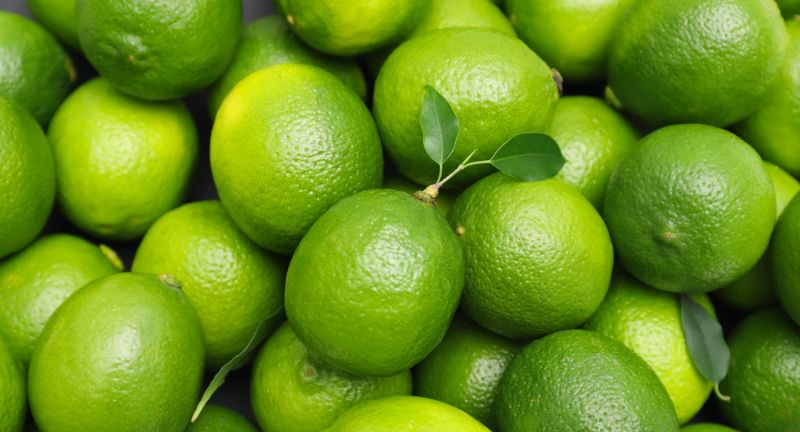
Shutterstock
Limes are smaller but even more sour than lemons, packing a tangy punch that is beloved in both savory and sweet dishes. Their tart, bright flavor makes them a key ingredient in cuisines worldwide, from Mexican to Thai cooking. Limes are especially popular in cocktails like margaritas and mojitos, where their zesty flavor shines. Just like lemons, limes are rich in vitamin C, making them as healthy as they are flavorful.
Calamansi
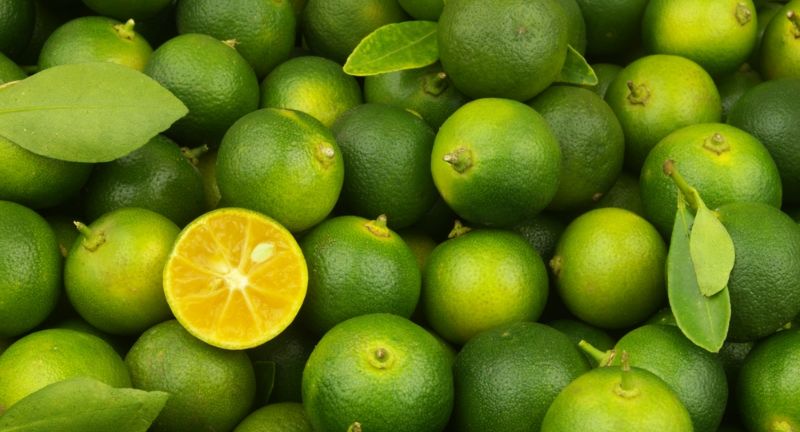
Shutterstock
Calamansi is a small citrus fruit native to Southeast Asia, known for its intense sourness that surpasses even limes and lemons. Its small, lime-like appearance hides a highly acidic juice that is frequently used in Filipino cuisine for sauces, drinks, and marinades. The sourness of calamansi adds a refreshing kick to dishes and is a popular choice for enhancing flavors in seafood and meats. Despite its sharp taste, it is often used in combination with sugar to create a sweet-sour balance in desserts and beverages.
Tamarind
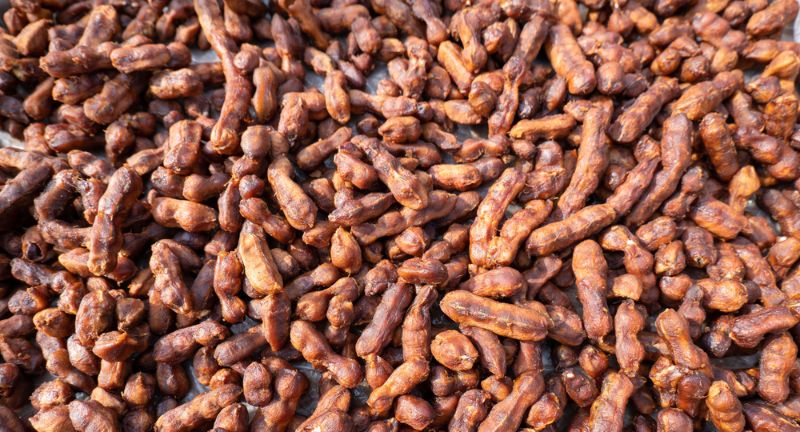
Shutterstock
Tamarind is a tropical fruit known for its sticky pulp that offers a unique combination of sweet and sour flavors. Unripe tamarind is particularly sour, making it a popular ingredient in Asian, African, and Mexican cuisines. Tamarind pulp is often used to create sour sauces, chutneys, and soups, adding a tangy depth to various dishes. It is also a popular ingredient in drinks, where its tartness provides a refreshing contrast, particularly in hot climates.
Green Mango
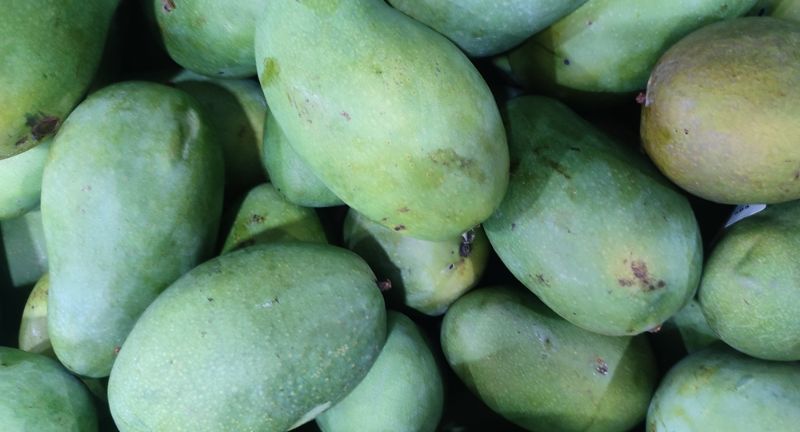
Shutterstock
While ripe mangoes are sweet and juicy, unripe green mangoes are incredibly sour, often enjoyed as a tart snack in Southeast Asia. Green mangoes are commonly eaten raw, sometimes with a sprinkle of salt, chili, or sugar to balance the intense sourness. Their tangy flavor makes them a key ingredient in salads, pickles, and chutneys, adding a bright and refreshing note. Green mangoes are a street food favorite, enjoyed by many for their lip-puckering tartness.
Gooseberry

Shutterstock
Gooseberries are small, round fruits that can range from green to reddish in color, with a sharp, tangy flavor. The sourness of gooseberries is often tempered by cooking, which is why they are commonly used in pies, jams, and sauces. Underripe gooseberries are particularly tart and offer a burst of mouth-puckering acidity. These berries are also rich in vitamin C, making them a nutritious and flavorful addition to many dishes.
Cranberry
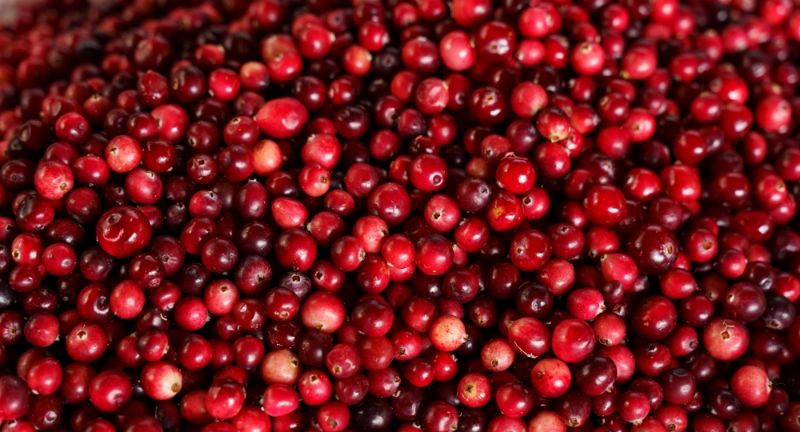
Shutterstock
Cranberries are well known for their tart, sour flavor, which is why they are often sweetened for use in sauces and juices. These small, red berries are typically too sour to eat raw, but their acidity adds a bright note to Thanksgiving dishes and drinks. Cranberries are rich in antioxidants and vitamin C, making them a healthy addition to any diet. Despite their sourness, cranberries are a favorite for balancing sweet and savory flavors in cooking.
Sour Cherry
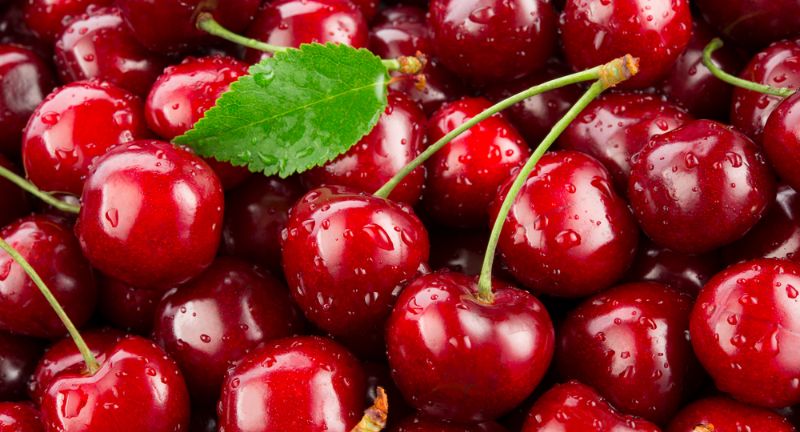
Shutterstock
Sour cherries, also known as tart cherries, are much more acidic than their sweet counterparts. Their bright, tangy flavor makes them perfect for pies, sauces, and jams, where the sourness can be balanced with sugar. Fresh sour cherries are rarely eaten raw due to their intense tartness, but they are beloved for their use in cooking and baking. Sour cherries are also known for their anti-inflammatory benefits, making them a popular choice for health-conscious consumers.
Kumquat
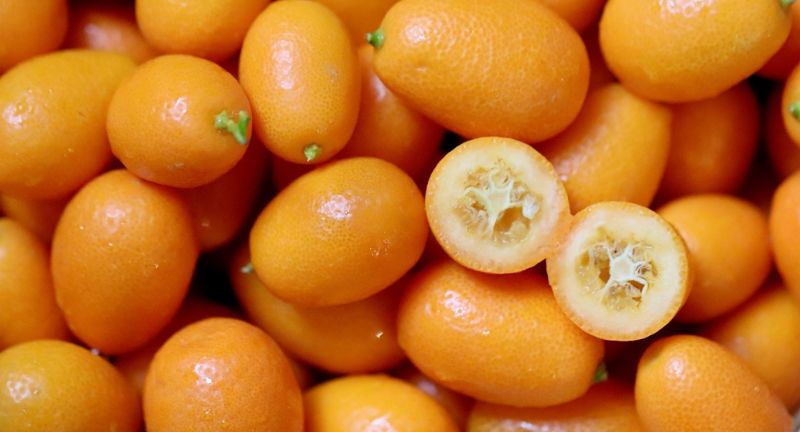
Shutterstock
Kumquats are unique among citrus fruits because they are eaten whole, including the peel. The peel is mildly sweet, but the flesh inside is extremely sour, creating a delightful contrast of flavors. Their small size and tartness make them perfect for use in marmalades, sauces, and even cocktails. Packed with vitamin C, kumquats are not only flavorful but also nutritious, making them a popular choice for both sweet and savory dishes.
Bilimbi
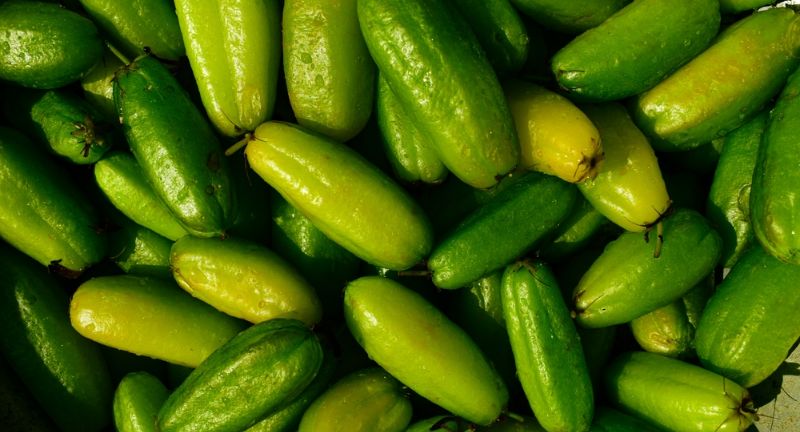
Shutterstock
Bilimbi is a tropical fruit known for its extreme sourness, often compared to lemons in terms of acidity. The small, green fruits grow in clusters and are a staple in Southeast Asian and Indian cuisines, where they are used in pickles, chutneys, and soups. Their sharp tang adds a bold flavor to dishes, making bilimbi a natural souring agent. Despite its intense tartness, bilimbi is valued for its ability to enhance the taste of a variety of dishes.
Sorrel (Roselle)
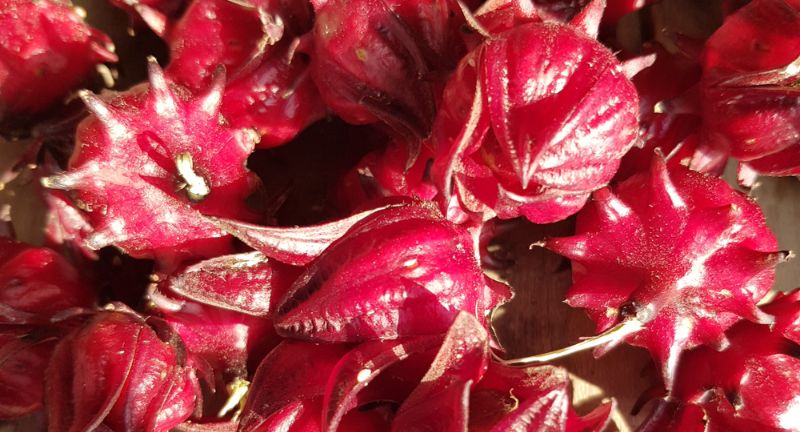
Shutterstock
Sorrel, also known as roselle, is famous for its sour red calyces, which are used to make refreshing drinks, jams, and sauces. The tart flavor of sorrel is often balanced with sugar, creating a tangy and sweet combination that is especially popular in Caribbean and African cuisines. Sorrel drinks are particularly refreshing and are enjoyed chilled, especially in warmer climates. This tangy plant is also loaded with vitamin C, making it a healthy choice for sour lovers.
Star Fruit (Carambola)

Shutterstock
Star fruit, or carambola, is not only known for its beautiful star-shaped slices but also for its tart, tangy flavor. When unripe, star fruit can be quite sour, although ripe fruits lean more toward a mild sweetness. Its refreshing tartness makes it popular in salads, drinks, and garnishes. Aside from its unique shape and taste, star fruit is also rich in antioxidants, fiber, and vitamin C, making it a healthy addition to your diet.
Rhubarb

Shutterstock
Rhubarb, though technically a vegetable, is often treated as a fruit due to its extreme sourness. The red stalks of rhubarb are highly tart, making them ideal for pies, jams, and sauces, where they are sweetened to balance the flavor. Raw rhubarb is almost unbearably sour, but when cooked, it becomes a deliciously tangy ingredient in many desserts. Rhubarb is also high in fiber and vitamins, adding a nutritional boost to its sour bite.
Grapefruit

Shutterstock
Grapefruit is a citrus fruit known for its sour, bitter flavor that is loved by some and too tart for others. Its sourness is more pronounced in white and pink varieties, while red grapefruit tends to be slightly sweeter. Grapefruit is often eaten at breakfast or juiced, with its tart flavor balanced by a touch of sugar or honey. Rich in vitamin C, grapefruit is both refreshing and nutritious, making it a popular choice for health-conscious individuals.
Cape Gooseberry (Physalis)
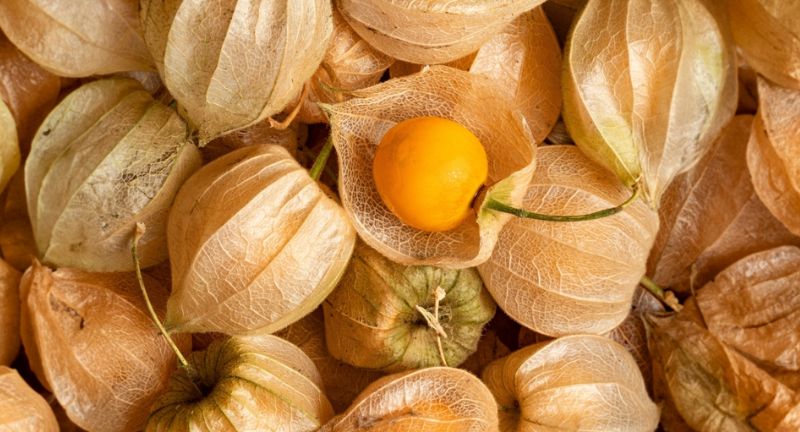
Shutterstock
Cape gooseberries, also known as golden berries, are small, round fruits with a distinctive tart flavor. Enclosed in a papery husk, these bright orange berries are both visually striking and tangy in taste. Their sourness is often balanced with a hint of sweetness, making them popular in jams, sauces, and desserts. Cape gooseberries are not only flavorful but also packed with vitamins A and C, offering a healthy and tangy addition to any dish.
Soursop (Guanabana)
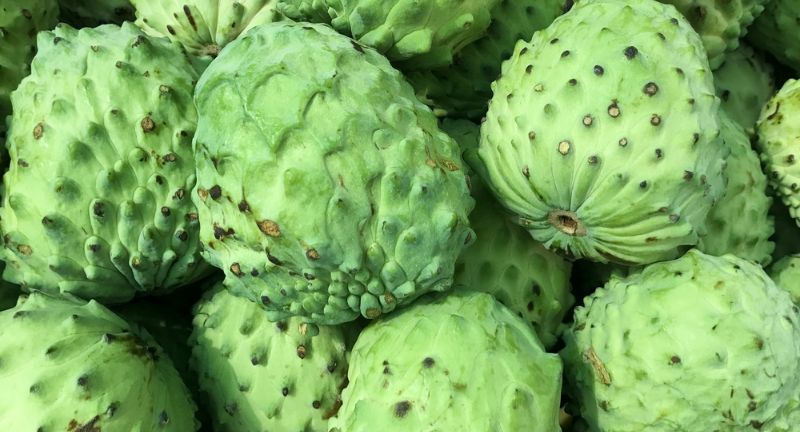
Shutterstock
Soursop, or guanabana, is a tropical fruit with a creamy texture and a unique blend of sweet and sour flavors. The white flesh is often used in drinks, ice creams, and desserts, with the sour notes providing a refreshing contrast. Soursop is popular in the Caribbean and Latin America, where it is prized for both its flavor and health benefits. Its tartness makes it a favorite for those who enjoy tangy tropical flavors.
Passion Fruit
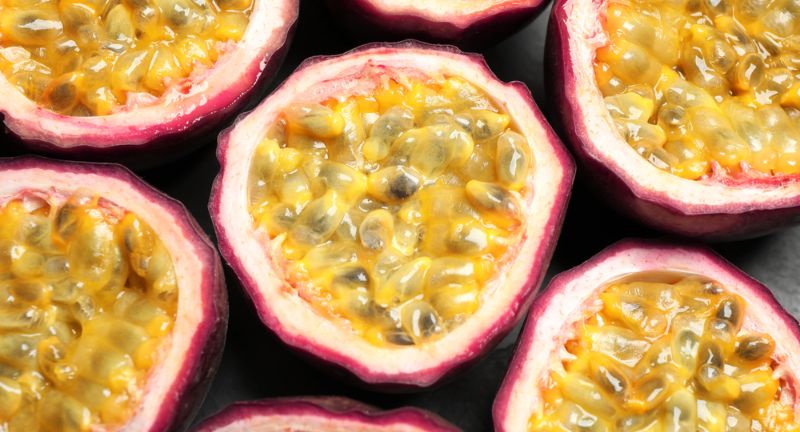
Shutterstock
Passion fruit is known for its tangy, tart flavor and seedy pulp, which is used in a variety of drinks, desserts, and sauces. The pulp inside the hard rind bursts with a combination of sourness and a hint of sweetness, making it a refreshing treat. Depending on the ripeness, passion fruit can range from mildly sweet to extremely sour. Its tropical flavor is highly popular in juices and cocktails, and it is also a great source of vitamins A and C.
Ugli Fruit
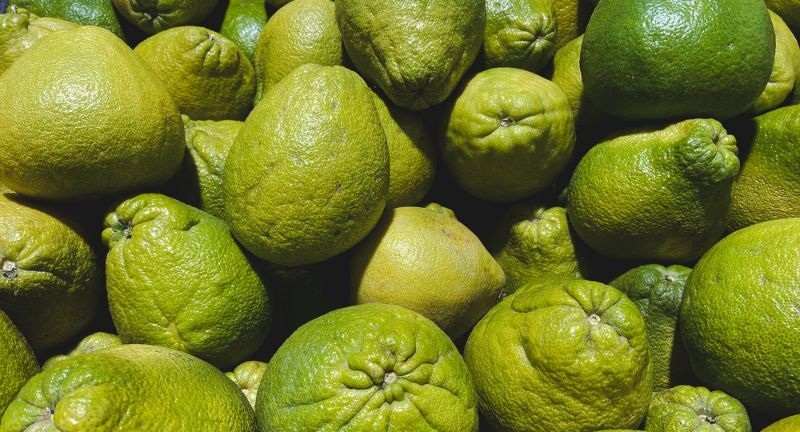
Shutterstock
Ugli fruit is a hybrid citrus fruit with a bumpy, thick skin and a sweet-tart flavor. A cross between a grapefruit, tangerine, and orange, it combines both sour and sweet notes, with some varieties being more tangy. Ugli fruit is often eaten fresh or juiced, with its tart flavor providing a zesty burst in drinks and desserts. Despite its unattractive appearance, it is rich in vitamin C and has a surprisingly refreshing flavor.
Pomelo
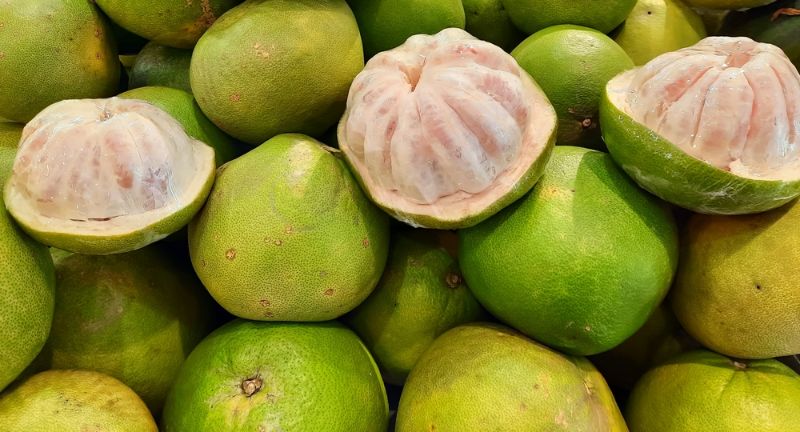
Shutterstock
Pomelo is the largest citrus fruit and a close relative of the grapefruit, offering a mild balance of sour and sweet flavors. Some varieties, especially the white-fleshed ones, are particularly sour, while others have a subtle sweetness that offsets the acidity. Pomelo is popular in Southeast Asian dishes, where its refreshing, tart flavor is used in salads, desserts, and beverages. With its high vitamin C content and juicy texture, pomelo is both nutritious and flavorful.
Amalfi Lemon
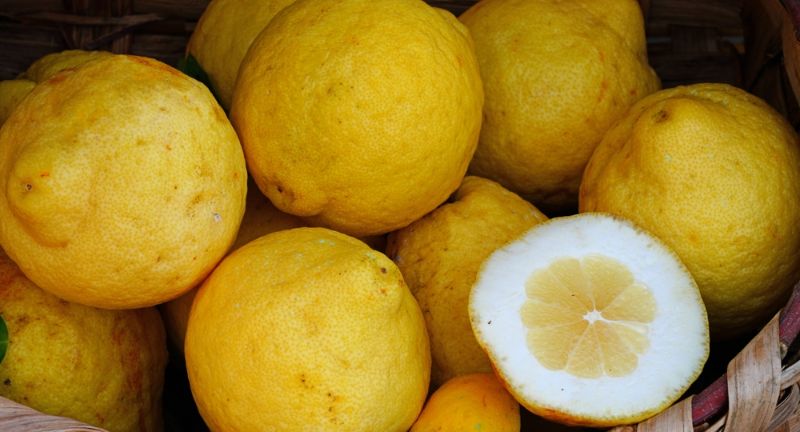
Shutterstock
Amalfi lemons, grown on Italy’s Amalfi Coast, are famous for their intense sourness and aromatic flavor. These lemons are larger and more fragrant than typical varieties, making them prized in Italian cuisine for desserts, drinks, and savory dishes. Their high juice content and vibrant tartness make Amalfi lemons a favorite in both cooking and cocktails. Despite their sour bite, they add a rich and refreshing depth of flavor to any dish.
Finger Lime
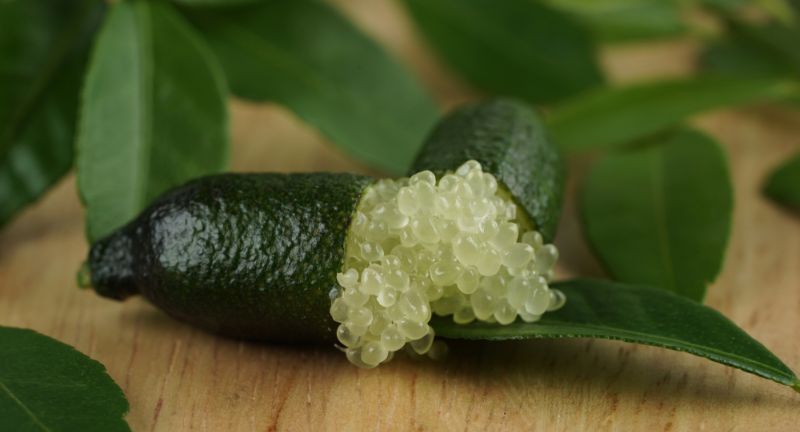
Shutterstock
Finger limes, often called “citrus caviar,” are small, elongated fruits filled with tiny, bead-like vesicles of juice. When bitten into, the vesicles burst in the mouth with a tangy, sour flavor more intense than typical limes. These fruits are popular in gourmet cuisine for their unique texture and tartness, adding a playful twist to dishes. Finger limes are native to Australia and are a rich source of vitamin C and antioxidants.
Bael Fruit
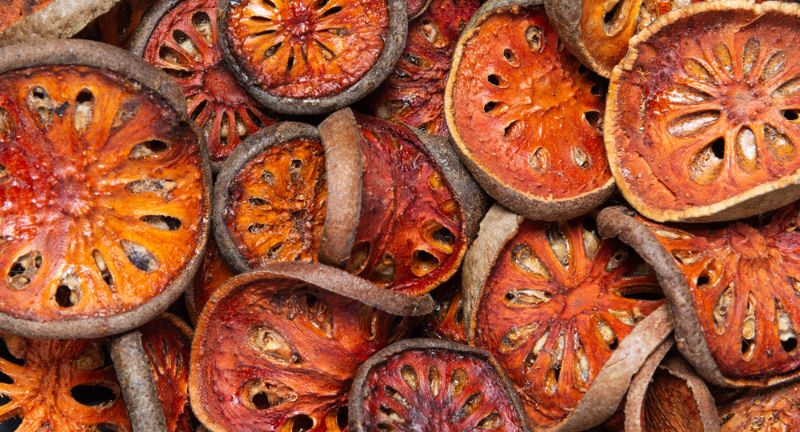
Shutterstock
Bael fruit is a tropical fruit found in Southeast Asia, known for its hard shell and tangy, aromatic flesh. The sourness of bael fruit is often enjoyed in drinks, sherbets, and jams, especially in hot weather. Despite its sourness, bael fruit is also known for its medicinal properties, particularly for improving digestion. The tangy flavor combined with its health benefits makes it a popular choice in traditional Southeast Asian cuisines.
Acerola Cherry
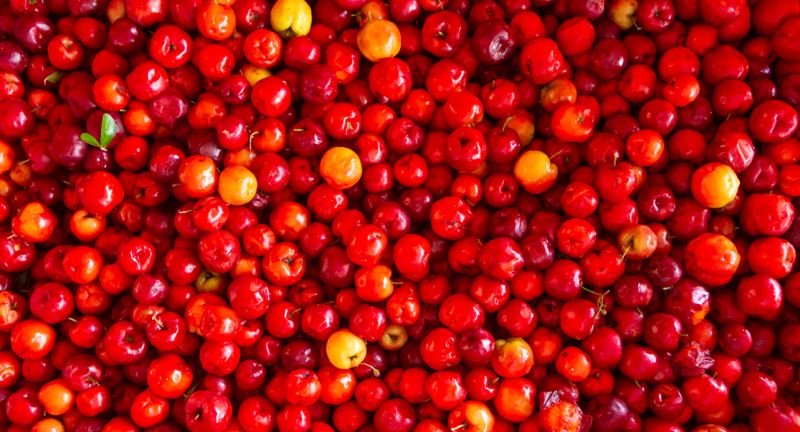
Shutterstock
Acerola cherries are small, bright red fruits known for their extreme sourness and high vitamin C content. While they are too tart to eat fresh for most people, they are frequently used in juices, smoothies, and supplements for their health benefits. The sourness of acerola cherries makes them perfect for tart-flavored drinks and desserts, where their intense flavor can be balanced with sweetness. Acerola is considered a superfruit, offering an antioxidant-rich punch in a tiny, sour package.
Barberry
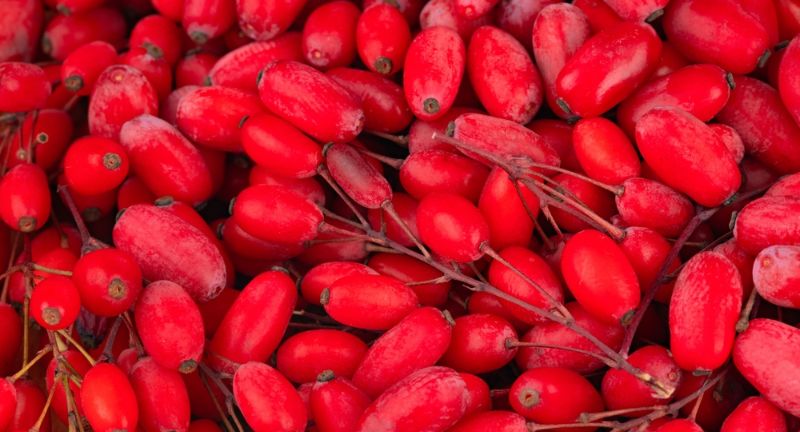
Shutterstock
Barberries are small, red fruits with an intensely sharp, sour taste that is commonly used in Persian and Middle Eastern cuisine. Dried barberries are added to rice dishes or stews to impart a tart, tangy flavor that balances savory ingredients. Their bright, acidic punch makes them a standout ingredient in cooking, offering a refreshing sourness. Barberries are also rich in antioxidants and vitamin C, making them both flavorful and nutritious.
Sea Buckthorn
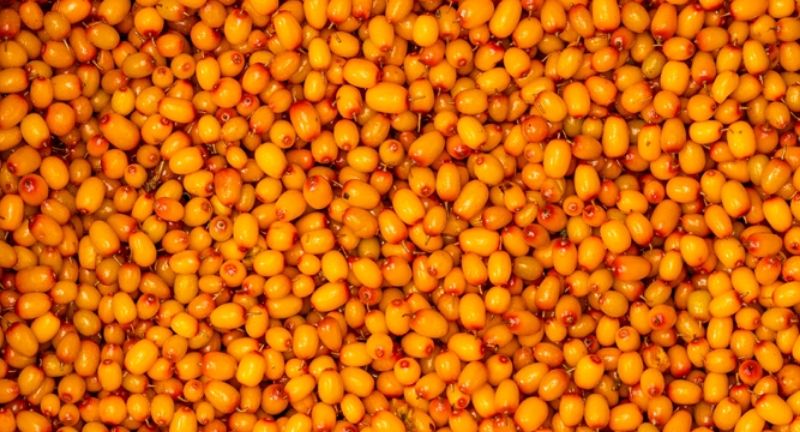
Shutterstock
Sea buckthorn berries are tiny, orange fruits that pack a seriously sour punch. They are often used in juices, jams, and sauces, where their tartness is balanced with sugar to create tangy, refreshing flavors. Known as a superfood, sea buckthorn is rich in vitamin C and antioxidants, making it a popular choice in health foods and supplements. The berries are too sour to eat fresh but add a vibrant tang to many culinary creations.
Conclusion

Shutterstock
Sour fruits bring a refreshing and bold flavor to dishes, drinks, and desserts, making them a favorite for those who enjoy a tangy twist. Whether you prefer the zesty punch of citrus or the sharp bite of tropical fruits, these sour varieties offer something for every palate. Beyond their taste, many sour fruits are packed with nutrients, including vitamin C and antioxidants, making them both delicious and healthy. From lemons and limes to exotic fruits like tamarind and bilimbi, their intense tartness can elevate any culinary experience. So, next time you’re craving something with a sour kick, try one of these fruits to satisfy your taste buds.





















































